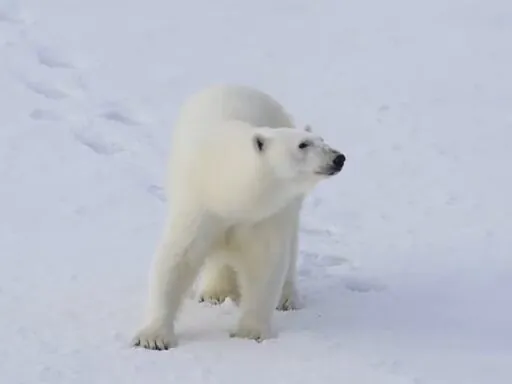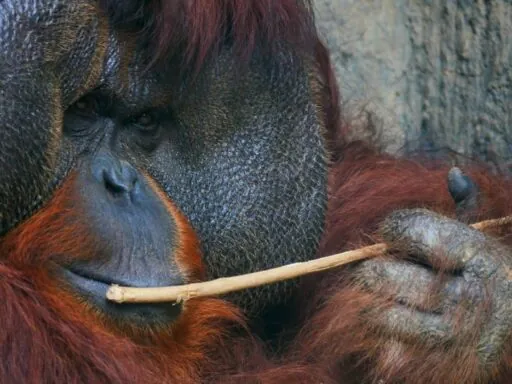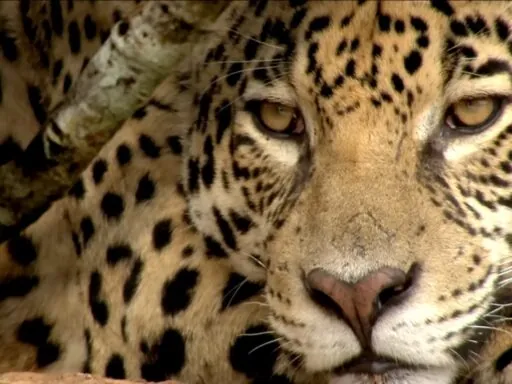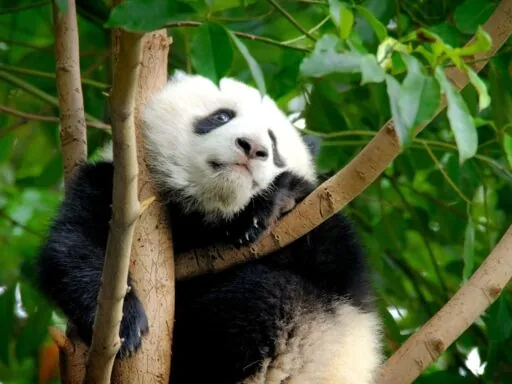Cheetahs can blast across the African plains at a mind-blowing 75 mph (120kph)! But did you know they can only maintain that speed for a short burst? Intrigued? Unleash top 10 facts about cheetahs – the spotted wonders. We’ll uncover secrets about their unique build, surprising social lives, and the cunning tactics they use to survive (and sometimes struggle) in the vast savannas.
1. Recognized Subspecies
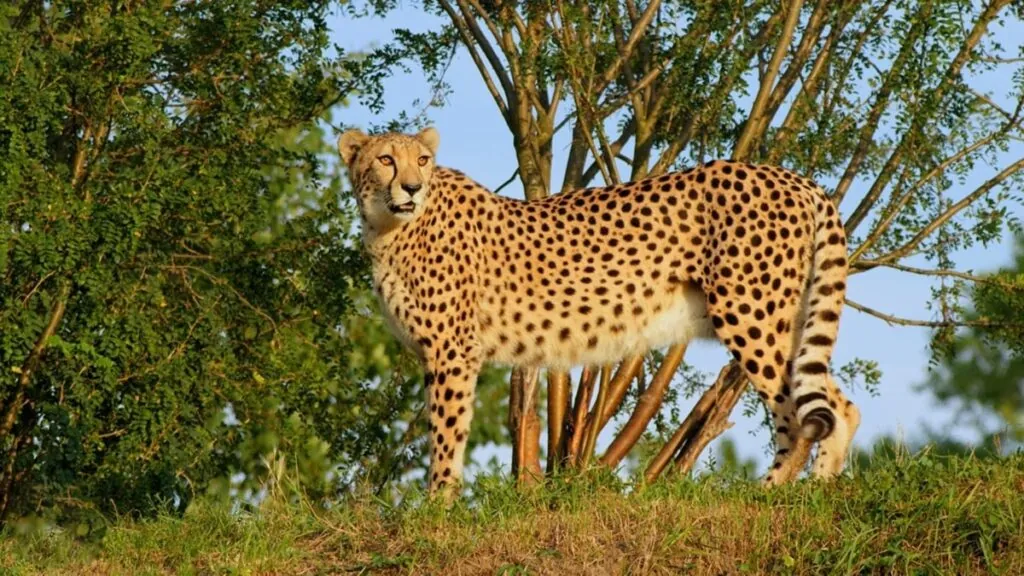
Cheetahs are classified under the genus Acinonyx, with five recognized subspecies:
2. Remarkable Speed
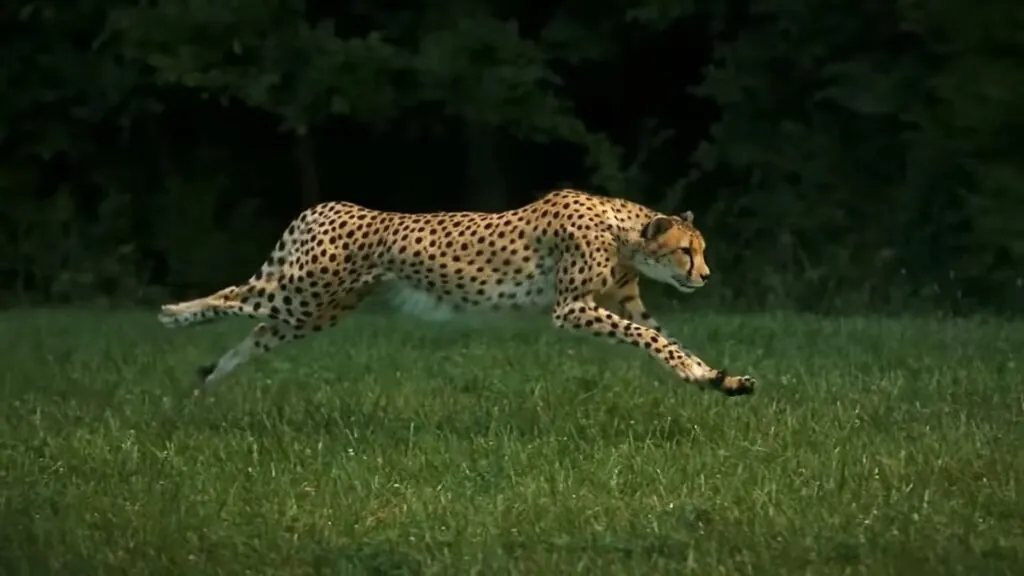
Cheetahs, known for their incredible speed and often featured in cheetah facts for kids, are the fastest land animals. They can reach speeds up to 64 miles per hour in just 3 seconds, enabling them to outpace their prey over short distances. However, due to the physical exertion involved, they can only maintain these speeds for brief periods.
3. Hunting and Diet
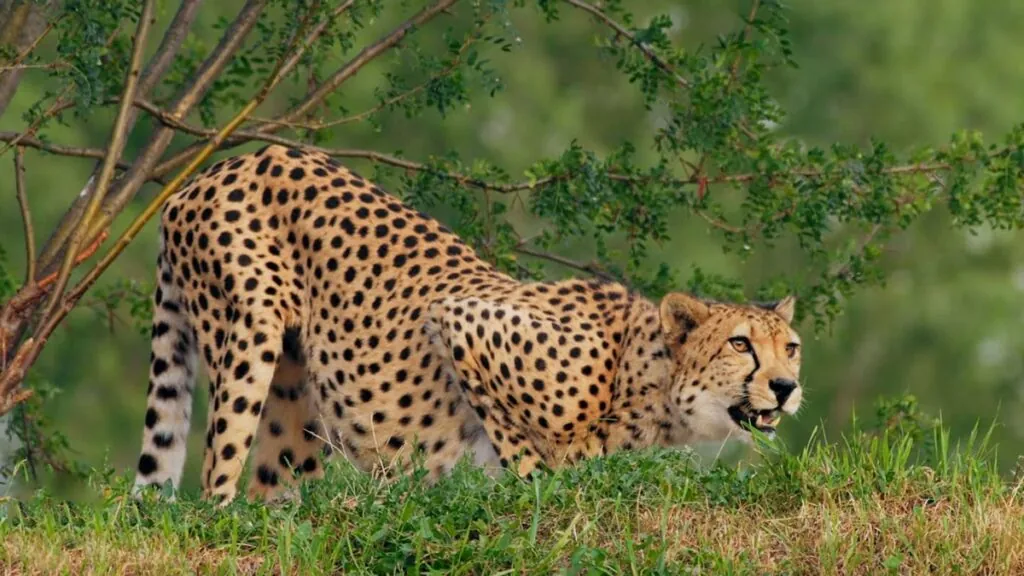
Cheetahs primarily hunt small to mid-sized ungulates, such as gazelles, impalas, and springboks. Male cheetahs often form coalitions to protect their territory and hunt larger prey like wildebeest. Unlike other big cats, cheetahs hunt during the day to avoid competition with nocturnal predators.
4. Distinguishing Features
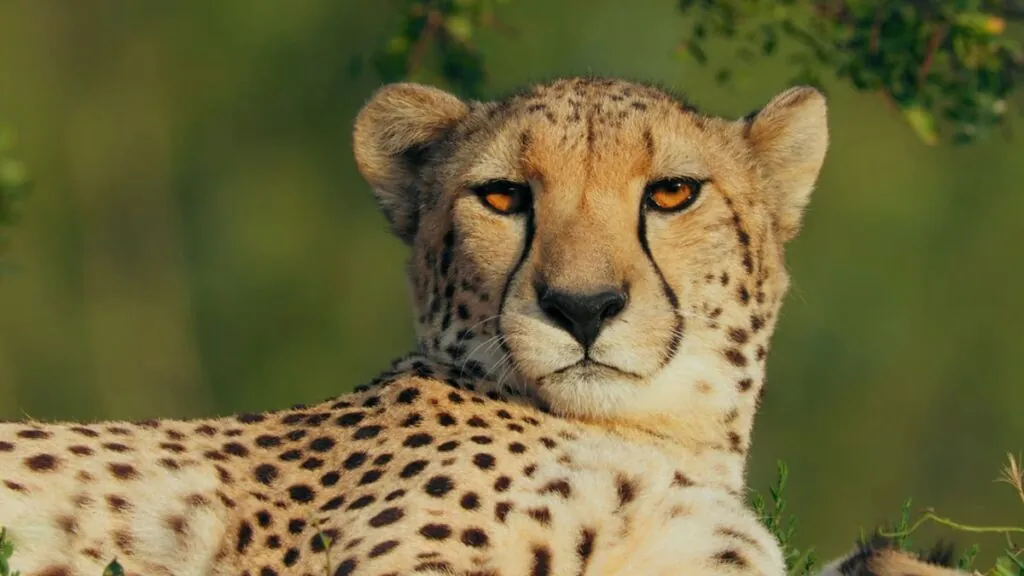
Cheetahs are often confused with leopards, but they can be distinguished by their unique facial markings—dark tear stains running from their eyes to their mouth. Additionally, cheetahs have round or oval spots, while leopards have rosettes – one of the striking facts about cheetahs. Cheetahs are also slimmer, taller, and have non-retractable claws for better traction while running.
5. Threats to Survival
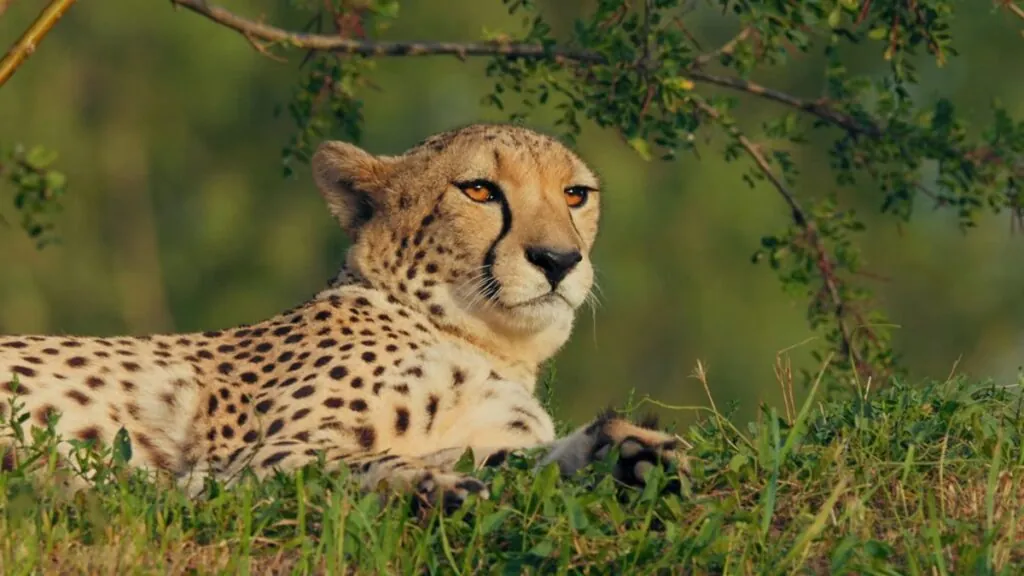
Cheetahs face numerous threats, including habitat loss, human-wildlife conflict, and depletion of prey. Their range has significantly decreased, now inhabiting only 10% of their historic range. The Asiatic cheetah population is critically low, with around 50 individuals remaining in Iran.
6. Social Structure
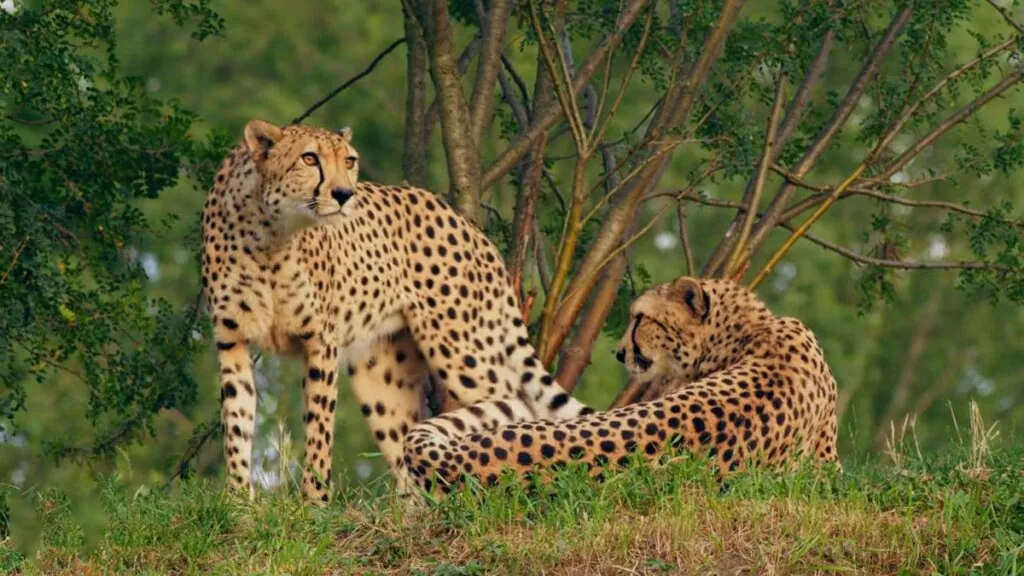
Cheetah social structures are unique among big cats. Females are solitary except when raising cubs, while males often form small groups called coalitions, usually consisting of brothers. These coalitions help males secure and defend larger territories and increase their hunting success.
7. Genetic Diversity
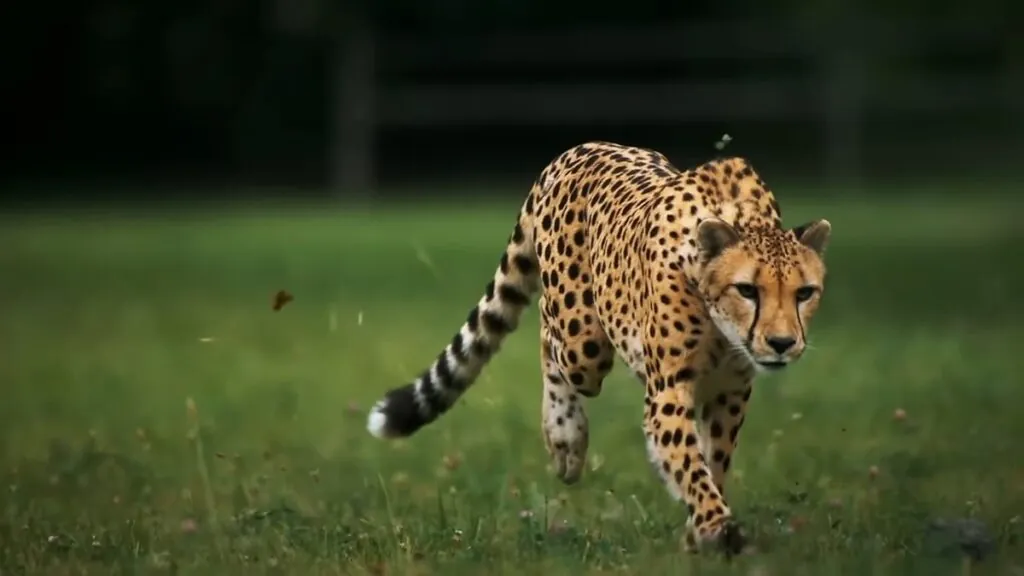
Cheetahs suffer from a lack of genetic diversity, a result of a historical population bottleneck. This low genetic variation makes them more susceptible to diseases and reduces their ability to adapt to environmental changes. Conservation efforts often focus on maintaining genetic diversity to ensure their long-term survival.
8. Cubs’ High Mortality Rate
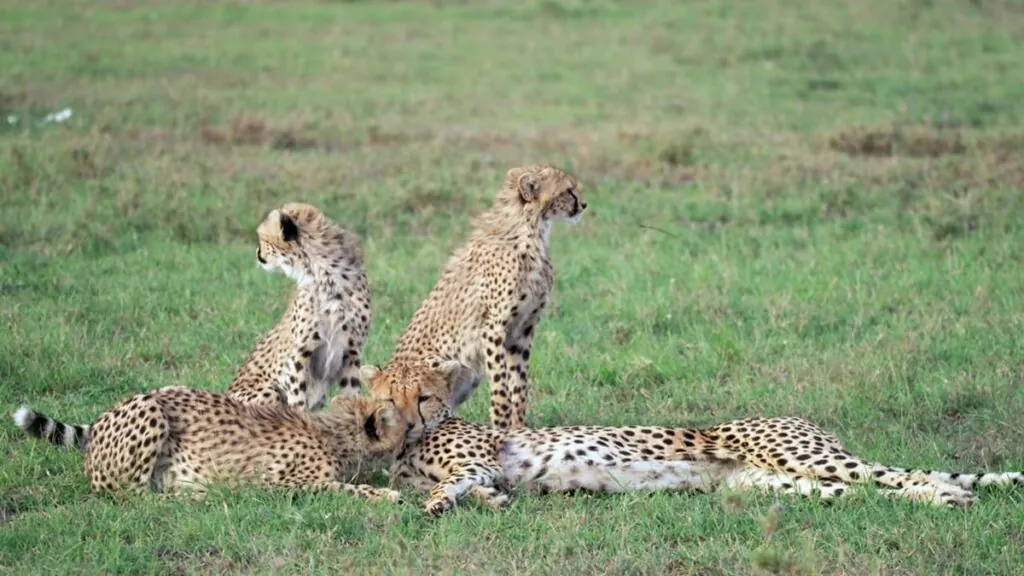
Cheetah cubs face a high mortality rate, with around 90% not surviving past three months. Predation by lions, hyenas, and other carnivores, as well as abandonment and starvation, contribute to these high mortality rates. Mothers typically keep their cubs hidden in dense vegetation to protect them during their early weeks – one of the awe-inspiring cheetahs fun facts.
9. Adaptations for Speed
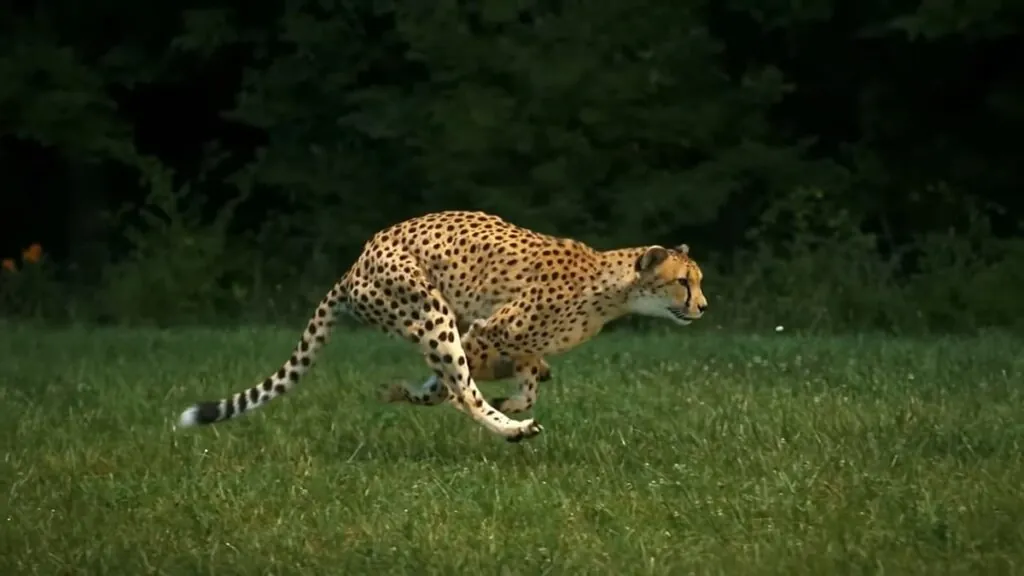
Cheetahs are built for speed, with adaptations such as enlarged adrenal glands for rapid acceleration, large nasal passages for increased oxygen intake, and a lightweight, flexible spine that acts like a spring during sprints – one of the interesting facts about cheetahs. These physiological traits make them unparalleled in short-distance chases.
10. Conservation Efforts
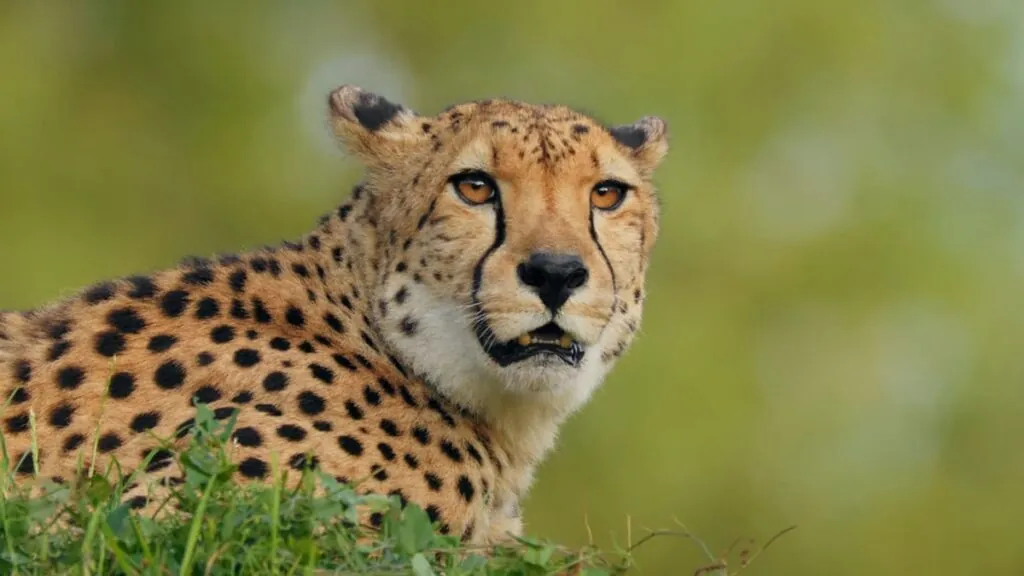
Cheetah conservation efforts are focused on addressing the key threats to their survival, including habitat loss, decline in prey, illegal trade, human-wildlife conflict, and climate change. Organizations like the Cheetah Conservation Fund (CCF) are leading these initiatives through a variety of strategies.
International collaboration plays a crucial role, with CCF working alongside various stakeholders globally, such as Action for Cheetahs in Kenya and Cheetah Conservation Botswana. These partnerships facilitate knowledge sharing and the development of comprehensive conservation programs across the cheetah’s range. The Global Cheetah Summit, set to take place in January 2024, aims to unite these efforts by developing a shared action plan to prevent further decline of the species
In a nutshell, exploring the top 10 facts about cheetahs reveals not only their remarkable speed and agility but also their unique adaptations and conservation challenges. From their iconic spotted coats to their specialized hunting techniques, cheetahs captivate us with their beauty and prowess in the wild. Yet, their status as Africa’s most endangered big cat underscores the urgent need for conservation efforts to protect their habitats and ensure their continued existence for future generations to admire and study.
